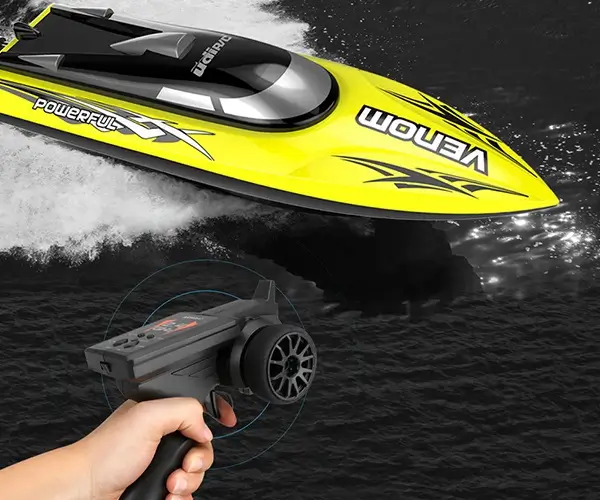Ever looked at a drone buzzing around and wondered, "How much power does that thing really need?" Especially when it comes to brushless motors pulling 50 amps—that’s like asking if your tiny flying robot can handle a day at the gym. It kind of sounds intense, right? But let’s unpack what’s behind those numbers.

Most people associate high amperage with raw power, but it's not the whole story. A 50A draw isn’t just about how much current runs through the wires; it’s about how that current translates into thrust, efficiency, and endurance. When you see a drone with brushless motors pulling 50 amps, it’s usually during peak load—say, when you’re doing rapid acceleration or hovering in high winds. So, those motors don’t run at 50 amps all the time; it’s the maximum burst, the punch they throw when they need extra oomph.
The question pops up: are those motors built to handle that kind of power consistently? Well, most high-end brushless motors are designed with robust internal components—high-temperature windings, strong magnets, precision bearings—that can sustain short bursts of high current without breaking a sweat. Still, continuous operation at 50 amps requires good cooling, a solid ESC (electronic speed controller), and the right propeller setup. It's like running a marathon vs. sprinting—you're okay pushing your limits in quick sprints if your body’s conditioned, but you can’t keep that pace forever.
Here's an interesting tidbit: some models push the boundaries even beyond 50 amps—like into 60 or 70 amps—if designed for it. But they come with a catch. Pushing that high amps all the time burns out components faster, shortens lifespan, and honestly, can threaten flight stability if not managed properly. So, it’s not always about having the highest current capacity but about matching the motor to your needs and making sure everything stays balanced.
People ask, “Can I just beef up my drone’s wiring and ESCs to handle more amps?” Well, sure, but it’s a slippery slope. Bigger wiring, better cooling, more rugged ESCs—those add weight, cost, and complexity. It’s a dance. Sometimes a lighter, more efficient setup with slightly less current is smarter, especially if you’re aiming for longer flight times or more reliable performance.
Another thing—if you think about it, those high amps are crucial when testing the raw power of a drone. If you see a drone with brushless motors pulling 50 amps during a quick climb, it’s a sign of potent capabilities. But it’s also a reminder: riding that edge means understanding your gear, knowing when to back off, and making sure your whole setup is up to the task.
In the end, asking whether brushless motors really pull 50 amps on drones is like asking if a sports car can hit 200 mph. It depends. It depends on the design, the usage, the environment, and how well the whole system is tuned. But rest assured, with quality components and good setup, running at that kind of current isn’t just possible—it’s a common scene in high-performance drone setups.
Leveraging innovations in modular drive technology, Kpower integrates high-performance motors, precision reducers, and multi-protocol control systems to provide efficient and customized smart drive system solutions.




































